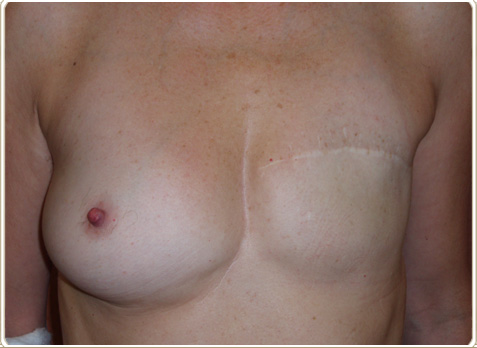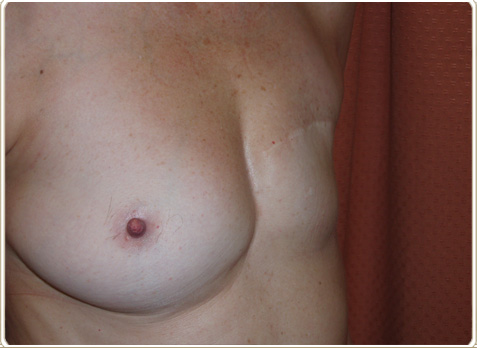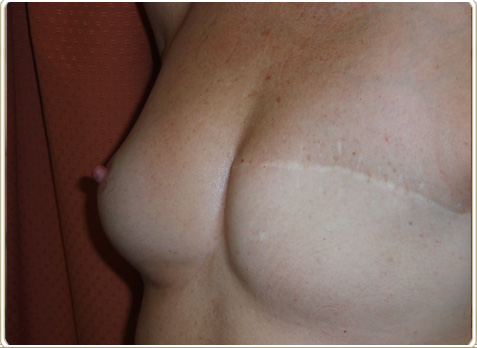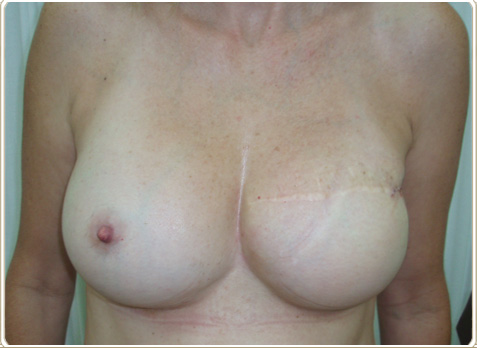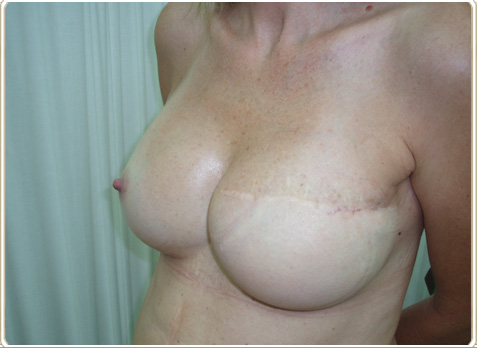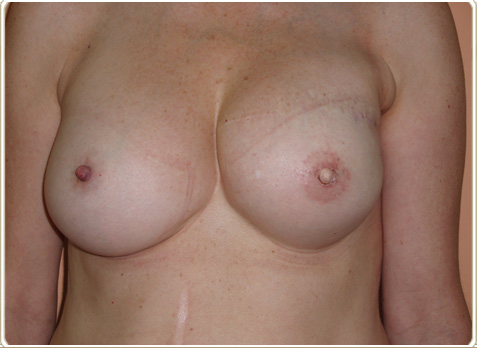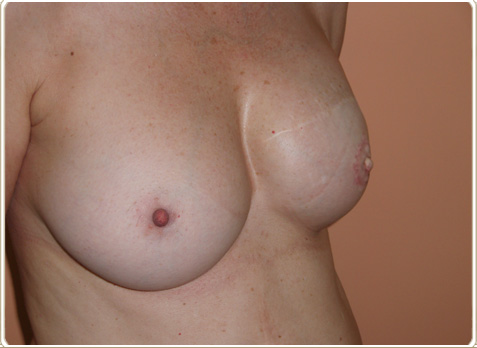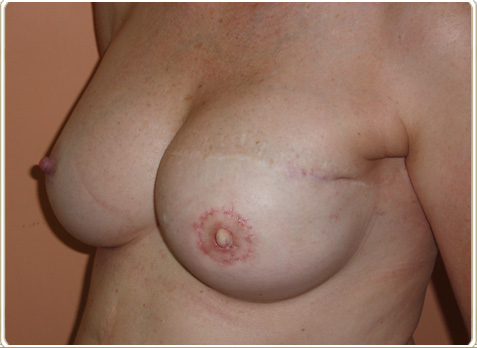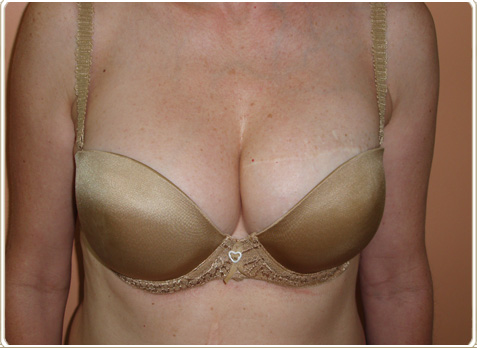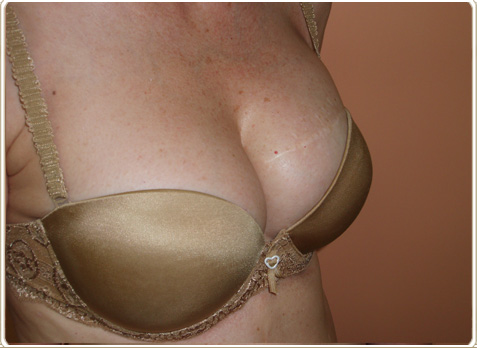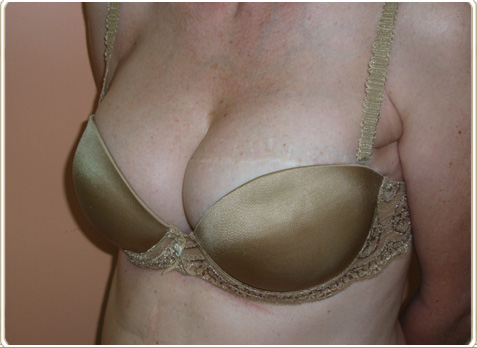BREAST
RECONSTRUCTION
Breast cancer is the most common form of cancer for women.
Losing a breast for women, especially when young, causes physical side effects, many emotional changes and a loss of a woman’s identity, which may prove detrimental for her psychology.
Breast reconstruction following a mastectomy can restore the look and feel of the breast in a safe and effective way.
Following a mastectomy
After mastectomy there is a radical change on the women’s way of living, dressing and in her behavior, more than any other type of cancer therapy.
Breast reconstruction helps patients to lead a natural life after the frightening experience with cancer and is important because of the impact it has on the patient’s quality of life.
Breast reconstruction does not influence the progression of the disease and can be performed either in conjunction with the mastectomy or after a certain time period when supplementary therapies (chemotherapy, radiotherapy) are complete.
HOW ITS DONE?
You can have a newly shaped breast with the use of a breast implant or your own tissue flap. There are basically three types of breast reconstruction after mastectomy:
- If your skin and chest tissues are good and when intense radiation has not proceeded, the method most widely used is is with a tissue expander which is put under the skin and chest muscle. After a period of some months, when the tissues have stretched enough, a permanent implant will be placed.
- If your skin is much scarred and has been exposed to intense radiation, an alternative procedure is to use tissue from your back, the latissimus dorsi flap, and have a permanent implant underneath.
- The third procedure that can be followed is instead of using an implant to use tissue from your tummy area, TRAM flap. Compared with the previous types, this flap procedure entails a more severe surgery and requires that no prior surgery or scars are on your belly wall. This is because healthy blood vessels are needed for the tissue’s blood supply (hematosis).
In most of the cases there is a need for surgical operation on the healthy breast also in order to achieve symmetry between both breasts.
The last phase is the nipple an areola reconstruction.
The breast reconstruction is very individualized regarding both the method to be used and the time schedule between the reconstruction phases, considering that for the first two types of breast reconstruction a second surgery is required.
For breast reconstruction using transferred tissues it is also probable that a second phase will be necessary to shape the other breast and the nipple areola.
